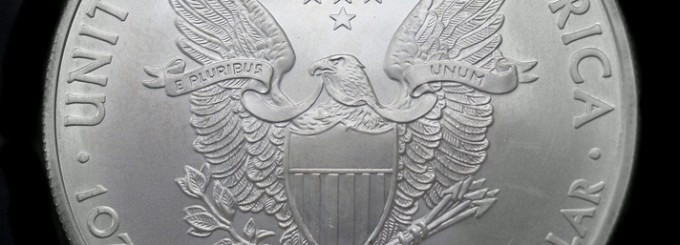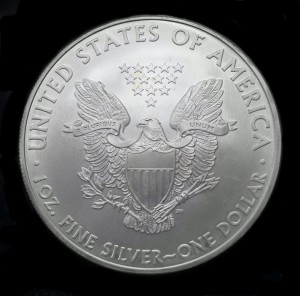Silver Eagle Coins – 5 Simple Steps To Determine If They’re Fake

If you want to avoid investing in fake silver coins and becoming a victim of coin fraud, then learning what the coinage you need for your collection looks like is a mandatory step. In other words, coin knowledge is the surefire method of avoiding fraud and scams. Once you are familiar with the detailed features of the silver eagle coins you require to enhance your assortment, then determining whether you’re looking at a fake or the real deal boils down to making some basic comparisons. In the event that you’re new to numismatics, then consider these steps next time you intend to purchase a silver eagle coin.
Find out the weight of the silver coin
More often than not, fake silver coins are made of light alloys. Therefore, one of the best indicators that you’re looking at a fake silver eagle is the fact that it’s lighter than it should be. It is necessary to mention that some fake eagles have a silver-plated lead that makes them heavier. In essence, you should weigh the coin and if it’s mass is far off from what you read it should be, then don’t buy it.
Minutely examine the coinage’s surface
While most fake silver eagles don’t have a silver-plated finish on them, this is not always the case especially when you’re dealing with a clever scammer who has a lot of knowledge in this sense. Nevertheless, even the higher-quality fakes are not perfect, as the finish on the surface can look too harsh, too soft or soapy. Real silver eagle coins usually have a distinctive, easy to identify sheen over the surface.
Verify if the coin has reeded edges
If the weight and appearance of the surface look fine, then the next step implies analyzing the edges of the coin. To put it simply, if the coins shouldn’t have a reeded edge and it does – or vice versa – then you shouldn’t buy it. Not only is this sort of mint errors extremely rare, but if a specific coin should present such a feature, then you would have already read about it in a numismatics guide. On a side note, in the eventuality that the coinage appears to have a seam around the edge or markings that show the sprue has been removed, you should refrain from purchasing it.
Check its details with a magnifier
Even though the aforementioned methods should have helped you root out potentially fake silver coins, if you still have doubts then check out the coinage’s details with a magnifier. The areas you should focus on include the edges where you can check if the plating is visible as well as between the reeding and surface in order to determine if the plating is present in the coin’s small spots and crevices.
Perform the silver coin ring test
When everything else fails, perform the silver coin ring test: hold the coin on the tip of your finger and tap with another coin gently. If the tapping makes a distinctive ring, then you’re looking at a silver eagle coin. Be careful when performing the ring test as not to drop it on a hard surface and damage either of the coins.



